Nostalgia in American Art
I read in the New York Times that up until 1999 “nostalgia” was considered a mental illness. Well, you could have knocked me for a loop with that one. One usually gets warm fuzzies from being nostalgic. I think artwork from most cultures around the world have big doses of nostalgia in their subject matter. And one of the biggest cultures would be the U.S.
Nostalgia has always been a component in American art. The New York Times article states that a psychologist at the University of Southampton, Constantine Sedikides, debunked the notion in 1999 (I can’t believe it took that many years), and I agree. What I find fascinating is the reason behind nostalgia in American art is usually war. I guess it’s human nature, universally, to pine for the “good old days.”
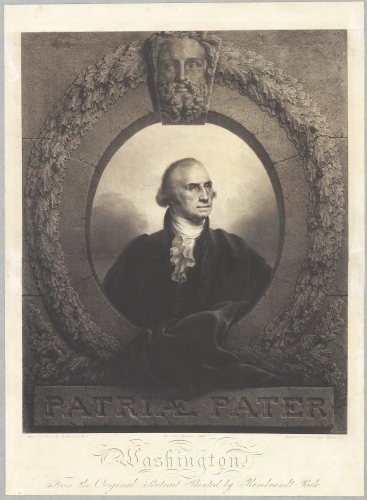 |
| Rembrandt Peale (1778–1860, United States), Washington, after an original painted portrait, about 1827. Lithograph on paper, sheet: 23 1/4" x15 3/8" (59 x 39 cm). © American Antiquarian Society, Worcester, MA. (AAS-72) |
Son of the premier colonial portraitist Charles Willson Peale (1741–1825), Rembrandt Peale was a well established painter in his own right. The period following the death of our first president (1799), was a period of extreme longing for the early days of the early Republic (1787–1800). George Washington was a universal symbol of American heritage, and his portrait was copied over and over through the late 1800s. They also appeared in courthouses and public buildings throughout the US.
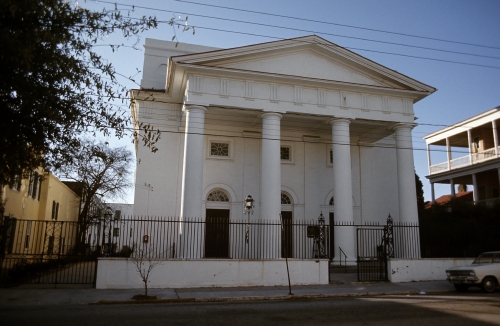 |
| Robert Mills (1781–1855, United States), First Baptist Church, Charleston, SC, 1838. Photo © Davis Art Images. (8S-14758) |
The new American republic was obsessed with the idea that it was the first democratic country since ancient Greece. Therefore, architecture reflected this idea in the Greek Revival style, which flourished between 1820 and 1860. This was a period when many of the government buildings of the capital were built. However, the style was popular way beyond Washington, and can be found in cities up and down the East Coast from the period before the Civil War (1860–1865). Many southern country houses (plantations) were in the Greek Revival style.
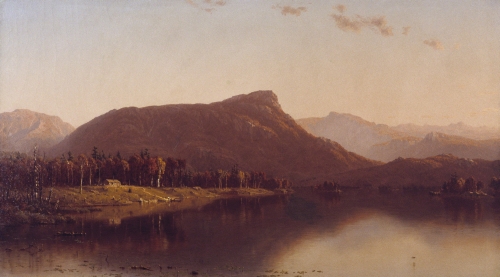 |
| Sanford Robinson Gifford (1823–1880, United States), A Home in the Wilderness (Mount Hayes in New Hampshire), 1866. Oil on canvas, 30 1/4" x 53 7/16" (76.8 x 135.7 cm). © Cleveland Museum of Art. (CL-795) |
The Hudson River School is not technically a school but a group of artists who painted landscapes of the Hudson River valley and parts of New England. Americans of the early part of our country were proud of the vast, unique wilderness of the Northeast. The romantic-realist depictions of specific locations were documentation of a “wilderness” that was fast disappearing under settlement and clearing of the original forests. This painting dates from after the Civil War and reflects a longing to return to the time when the American wilderness was actually a sparsely populated wilderness.
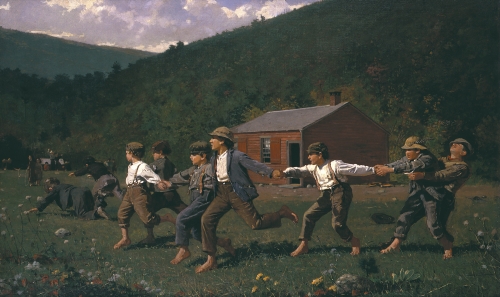 |
| Winslow Homer (1836–1910, United States), Snap the Whip, 1872. Oil on canvas, 22 1/16" x 35 13/16" (56 x 91 cm). © Butler Institute of American Art, Youngstown, OH. (BIAA-24) |
No other American artist better represents nostalgia than Winslow Homer. Having documented the horrors of the Civil War for Harper’s Weekly magazine, his works from the 1870s retreat to bucolic scenes from America of before the war. Americans wanted to forget the horror that was the Civil War, and remember the “good old days” of pre-war America in innocent scenes such as this schoolyard frolic.
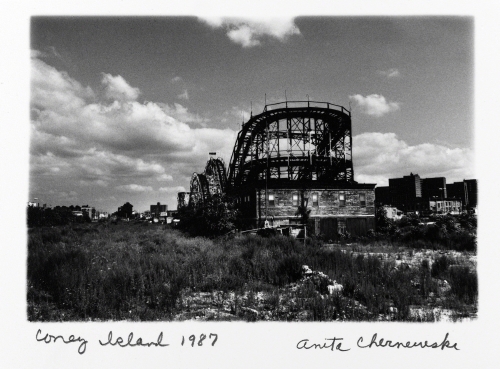 |
| Anita Chernewski (born 1946, United States), Coney Island (Thunderbolt), 1987. Gelatin silver print, sheet: 6" x 7 1/2" (15.2 x 19.1 cm). Brooklyn Museum, Brooklyn, NY. © 2013 Anita Chernewski (BMA-1844) |
After the ten-week Spanish-American War in 1898—the US’s first international war fought in the Caribbean and Pacific—Coney Island in New York boomed as a place to forget the horrors of international war. It was once again a “return” to the halcyon days after the Civil War. Unfortunately, World War I (1914–1918) interrupted the nostalgia. After World War I Coney Island slowly declined in attendance. By the 1960s many of the original attractions had closed.
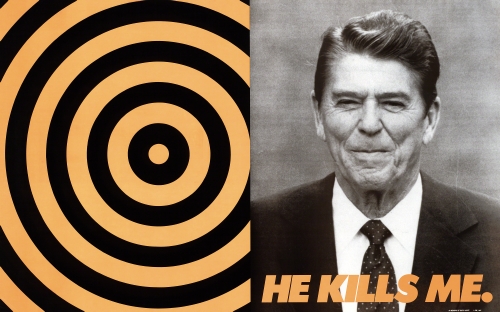 |
| Donald Moffett (born 1955, United States), He Kills Me, 1987. Color offset lithograph on paper, 23 7/16" x 37 3/8" (59.5 x 95 cm). The Museum of Modern Art, New York. © 2013 Donald Moffet. (MOMA-P3073) |
Perhaps one of the worst propagators of the “return to the good old days” was President Ronald Regan (1980–1988). He harkened back to the 1950s as the greatest period [you know, the period of the Korean War (1950–1953), the Red Scare, the McCarthy hearings, and the beginnings of the Vietnam War]. I guess he was thinking of the TV show Leave it to Beaver. This artist has parodied Reagan threatening mass death, because of his pushing the escalation of nuclear weapons after calling Russia an “evil empire.”
Studio activity:A scene from a happy time from the past. Use a pencil to sketch the scene and fill it in with markers or crayons. Emphasize showing people and objects near and far away. The farther way the people are the smaller they should appear (same for buildings, tress, etc.).


Comments